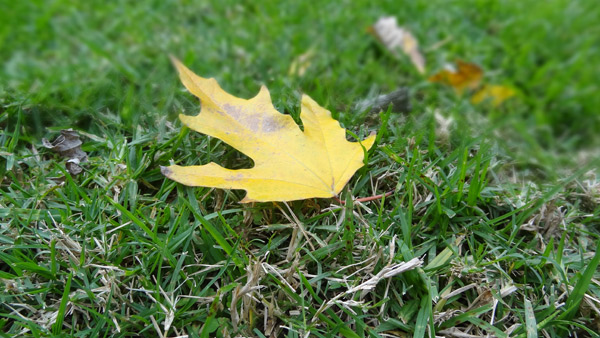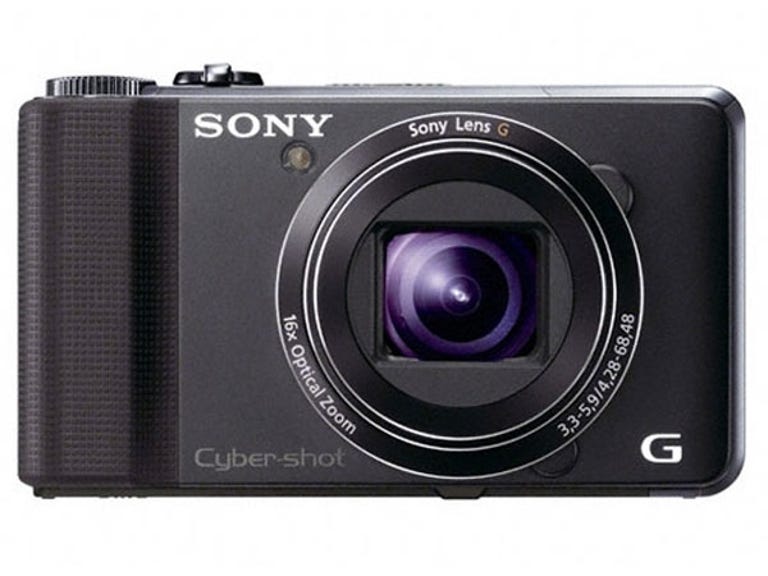 Why You Can Trust CNET
Why You Can Trust CNET Sony Cyber-shot DSC-HX9V review: Sony Cyber-shot DSC-HX9V
With a stack of great features that work as advertised, including a 16x optical zoom lens, the HX9V makes an ideal travel companion for those who enjoy life on the road.
Design and features
Sony's previous attempts at travel zoom cameras have been decent, serviceable affairs with plenty of features to keep up with the class-leading models like Panasonic's TZ20. With the HX9V, things are set to change.
The Good
The Bad
The Bottom Line
This camera feels amazingly sturdy. Not so much "drop it from a great height and watch it come out magically unscathed" sturdy, but solid nonetheless. It feels really good to use, with a textured side grip and thumb rest too at the rear. Along the top edge of the camera, with a mode dial, shutter button and stereo microphone, a pop-up flash unit sits flush with the surface, only opening when needed.
Much needs to be said about the gorgeous 3-inch, 921,000-dot LCD screen at the back, which makes images look fantastic. Flanked by a small array of control buttons, it is miles better than the screens found on its competitors. There's also a one-touch record button just underneath the mode dial to complete the physical button arrangement. Amidst the staggering array of shooting options, you get standard automatic, superior automatic (which takes several shots and merges them together for optimum results), program, manual, iSweep Panorama and 3D shooting for stills, panorama or multi-angle photos. Scene modes and a dedicated background defocus mode are also present as well.

An example of an image taken with the background defocus mode. (Credit: CBSi)
The Sony G lens (not Carl Zeiss, unfortunately) extends to 16x optical zoom with a maximum aperture range of f/3.3-5.9. It also opens to 24mm wide-angle for landscape and group shots. Full HD video recording is on-board at 1080p in AVCHD format.
Connectivity is via mini-HDMI or a proprietary mini-USB port at the base of the camera. The HX9V has a dual-MemoryStick/SD card slot, which is alongside the rechargeable Lithium-ion battery at the base.
GPS tagging
What makes the HX9V a travel camera rather than just a standard superzoom compact is its built-in GPS and compass. To initialise the GPS it's necessary to stand in an open area, outside of course, so the camera can obtain a signal. Our first attempt was thwarted by some errant trees in a suburban area. The next attempt was more successful in a wide open park, where the GPS took approximately two minutes to lock on to a signal. Unlike other cameras such as the TZ20, the HX9V doesn't continue to update the GPS when the unit is switched off. Each time the camera starts up, the HX9V obtains a new GPS coordinate (fortunately, it doesn't take two minutes each time).
Viewing tagged GPS information using the included camera software. (Credit: CBSi)
Once images have been tagged with their GPS location data in-camera, viewing them on a computer and plotting the location is easy. Sony provides software in the box with the HX9V, though it's fairly basic. Unlike the TZ20, the HX9V doesn't have a built-in database of location names to match against GPS coordinates.
Compared to
| Sony Cyber-shot HX9V | Panasonic Lumix TZ20 | Canon PowerShot SX230 |
|---|---|---|
| 16.2-megapixel Exmor CMOS | 14.1-megapixel MOS | 12.1-megapixel CMOS |
| 3-inch LCD (921,000-dot) | 3-inch touchscreen (460,000-dot) | 3-inch LCD (460,000-dot) |
| 16x optical zoom | 16x optical zoom | 14x optical zoom |
| 24mm wide-angle | 24mm wide-angle | 28mm wide-angle |
| GPS tagging | GPS tagging | GPS tagging |
| HD video (1080p) | HD video (1080i) | HD video (1080p) |
Performance
The HX9V can take up to 10 full resolution frames in a row and will then stop to process them. Sony rates the battery for 300 shots.
Image quality
On automatic settings, the HX9V produces bright, punchy and very nice-looking JPEG images. Thanks to the Exmor R sensor, it is also very good at low-light images, producing a crisp shot in most circumstances.
Like most of the 16-megapixel crop of cameras we've seen so far this year, it does over-process images slightly when observed at full magnification, but definitely not as badly as some of its competitors. In bright, contrasty situations, the automatic modes can blow out highlights to some degree.
The HX9V excels particularly with its built-in flash, which works beautifully when illuminating people in the foreground and maintaining a lit, but not overbearing, background. It produces natural-looking skin tones as well. Autofocus is quick and effective, while white balance is mostly accurate in automatic mode, with a tendency to produce slightly warm results (though not at all unpleasant) when shooting in low-light.
A visual demonstration of the 16x optical zoom. The top image is taken at the wide end, the bottom at the telephoto reach, with 100 per cent crop inset. (Credit: CBSi)
As for lens sharpness, the HX9V produces the best results at the centre of the frame, with some sharpness dropping off towards either side. The wide end (24mm) also produces a noticeable amount of distortion. Chromatic aberration, or fringing around high-contrast areas, can be noticed at full magnification, but does not affect image quality too much. At the telephoto end, images become very "crunchy"-looking as the sensor struggles to resolve the detail from the lens, and turns up the ISO to compensate for handshake.
Video quality is one of the real strengths of the HX9V, with a very clean image and clear sound thanks to the stereo microphones. You can use the full extent of the optical zoom when filming.
Image samples
Exposure: 1/80, f/3.5, ISO 400 | Exposure: 1/40, f/3.3, ISO 100 |
Exposure: 1/250, f/4.5, ISO 160 | Exposure: 1/60, f/3.3, ISO 100 |
Conclusion
With a stack of great features that work as advertised, including a 16x optical zoom lens, the HX9V makes an ideal travel companion for those who enjoy life on the road.


